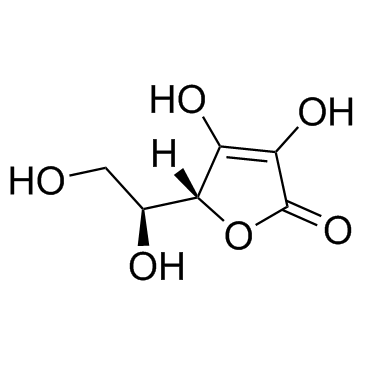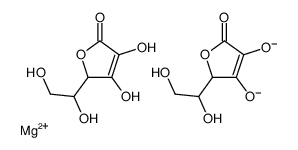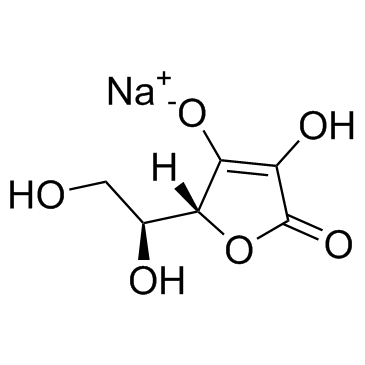| 结构式 | 名称/CAS号 | 全部文献 |
|---|---|---|
 |
抗坏血酸
CAS:50-81-7 |
|
 |
(+)-L-抗坏血酸镁
CAS:15431-40-0 |
|
 |
维生素C钠
CAS:134-03-2 |